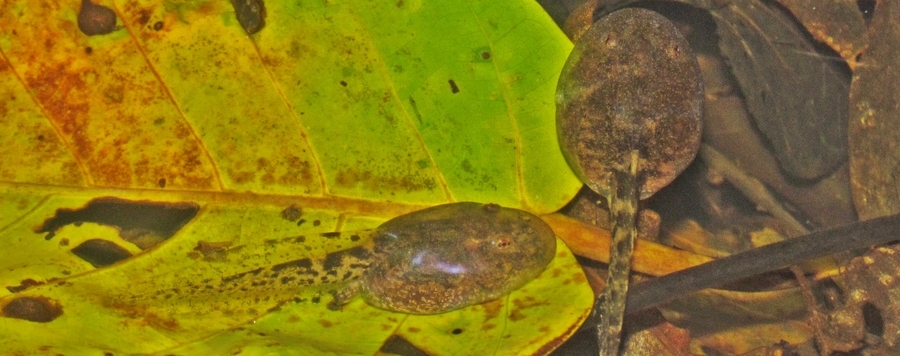
The diet of Macrogenioglottus alipioi Carvalho, 1946 (Anura: Odontophrynidae) tadpoles in Atlantic Forest of southern Bahia, Brazil
Understanding the diet of tadpoles is fundamental to explain their ecological roles in aquatic food webs, as well as to allow more effective amphibian conservation and management programs. Studies on trophic ecology of tadpoles are scarce compared to other vertebrate groups, a gap that is even more accentuated in the Neotropical region, which harbors the greatest diversity of anuran species worldwide. The objective of this study was to describe the diet of the tadpole of Macrogenioglottus alipioi, from a population in southern Bahia, Brazil. Gut contents of 30 tadpoles were analyzed under light microscope. Additionally, the intestinal contents of 15 tadpoles were analyzed under a stereoscopic microscope to verify the presence of larger food items such as macroinvertebrates. Algae were the most important microscopic food item in the diet of M. alipioi tadpoles. Mites occurred in 80% of the analyzed specimens and represented the most important macroscopic food source, followed by insect fragments from dipterans, lepidopterans and spiders. The tadpoles of M. alipioi can be considered omnivorous consumers. As in benthic tadpoles from other species, diatoms, protozoans and small metazoans are considered important food sources in the diet of tadpoles. Additionally, the analysis of gut contents under a stereoscopic microscope identified several food items that were not recorded by analyses performed under light microscope.






